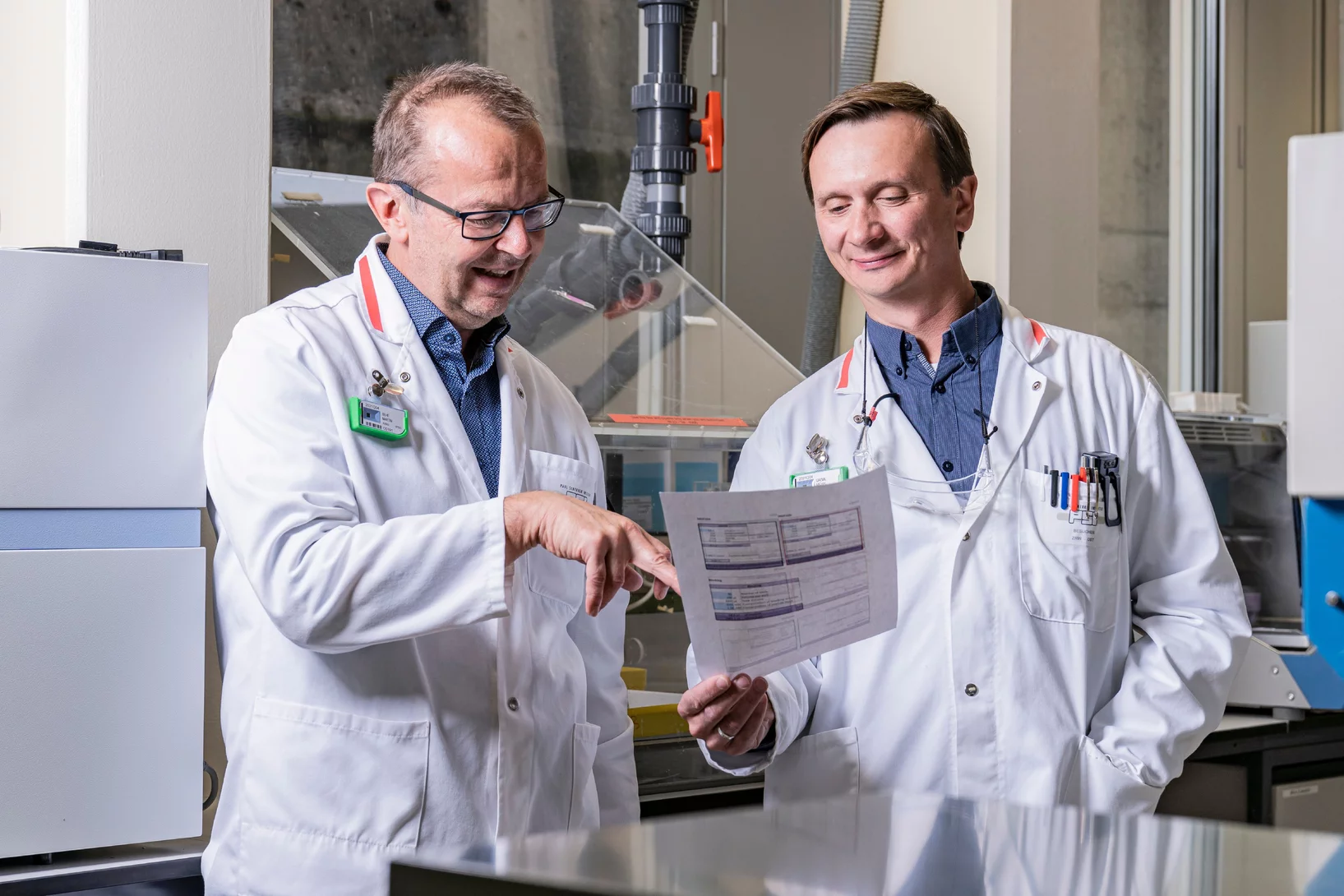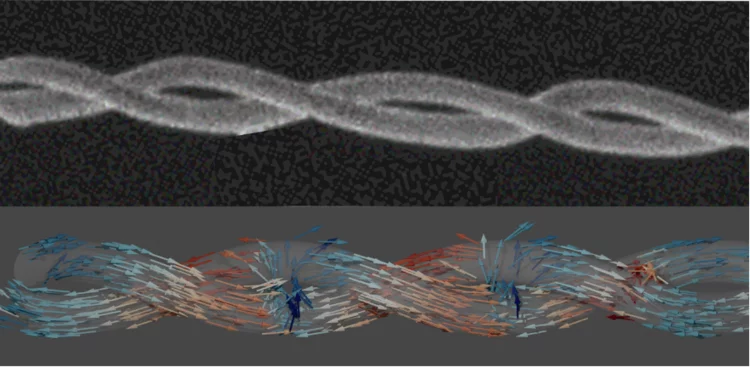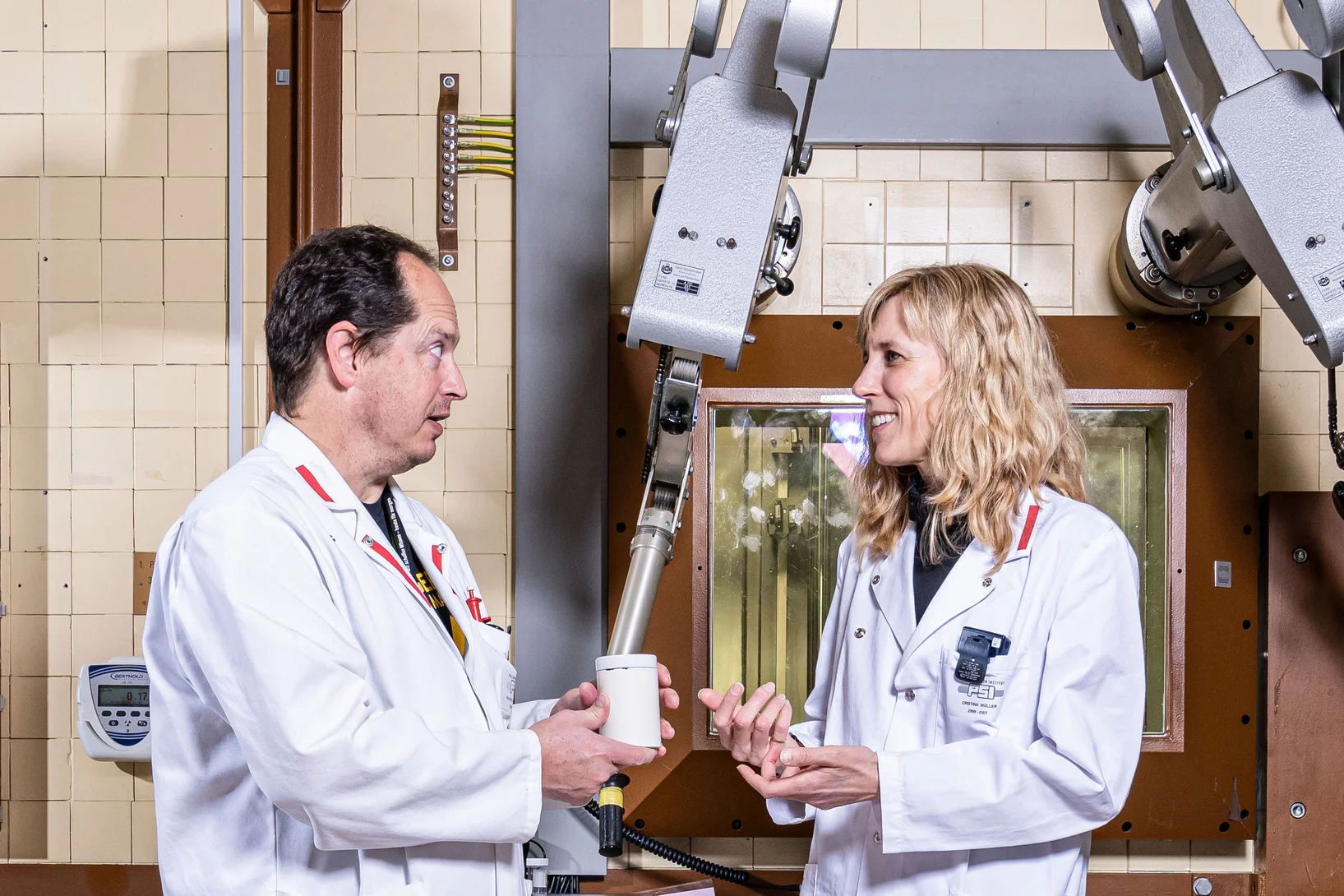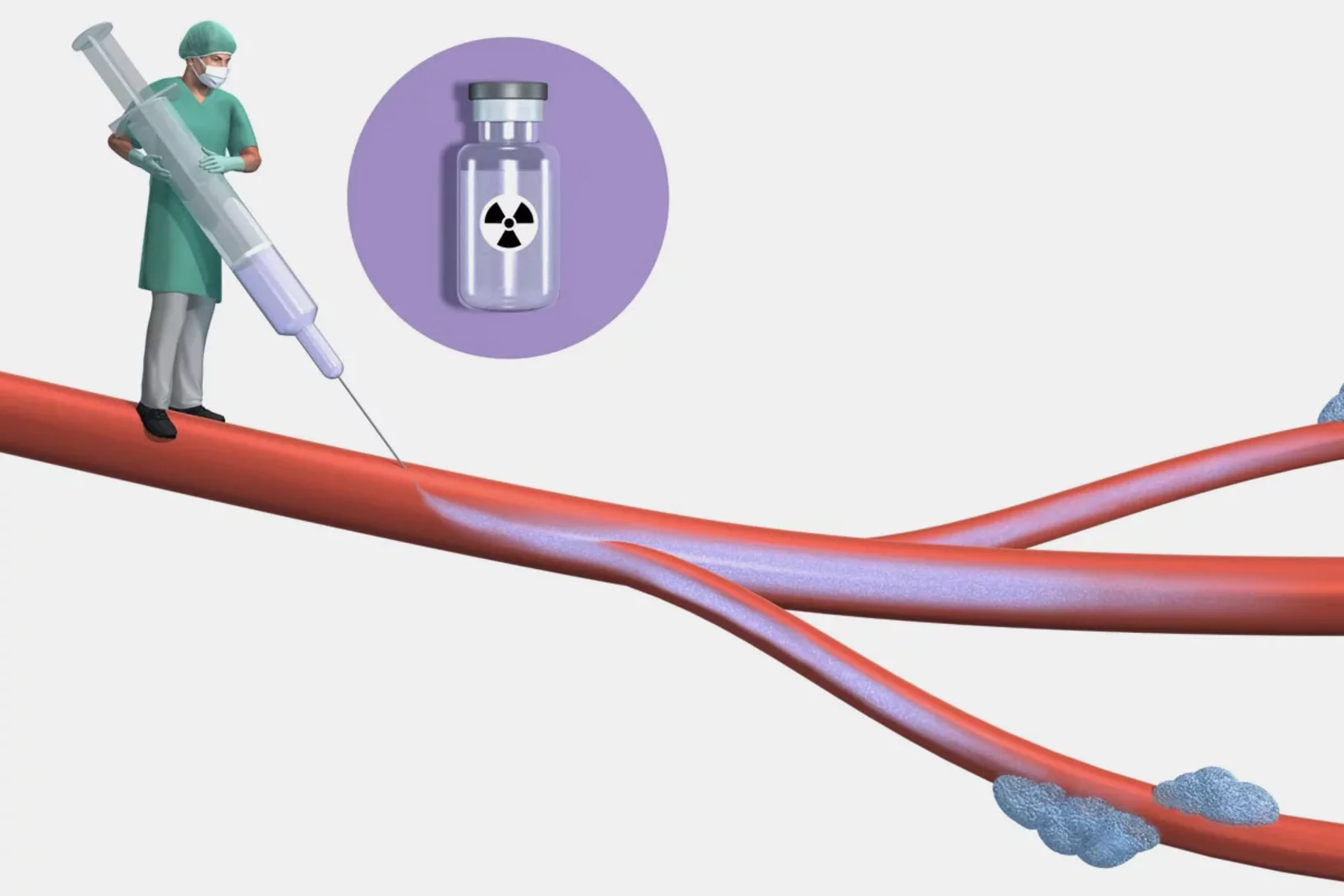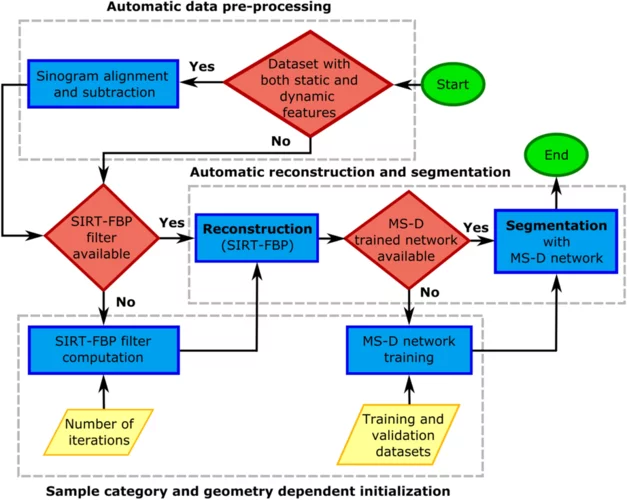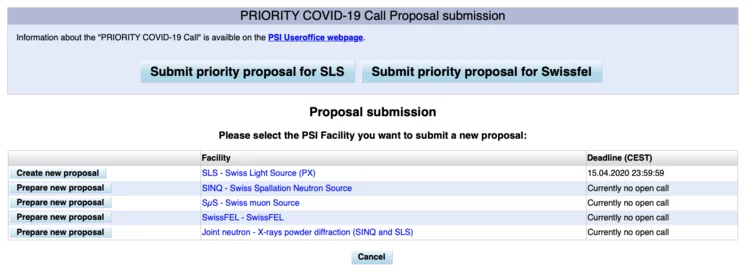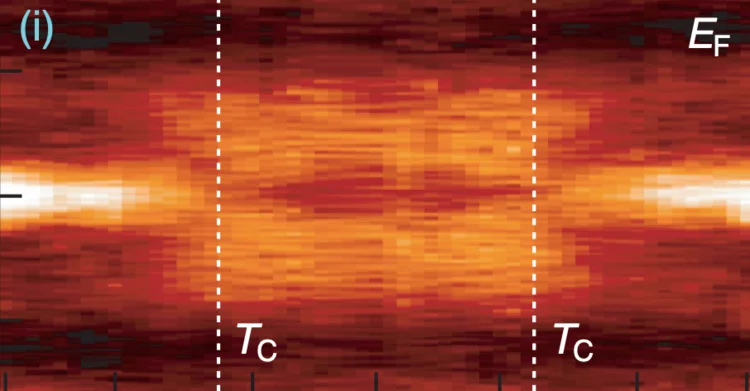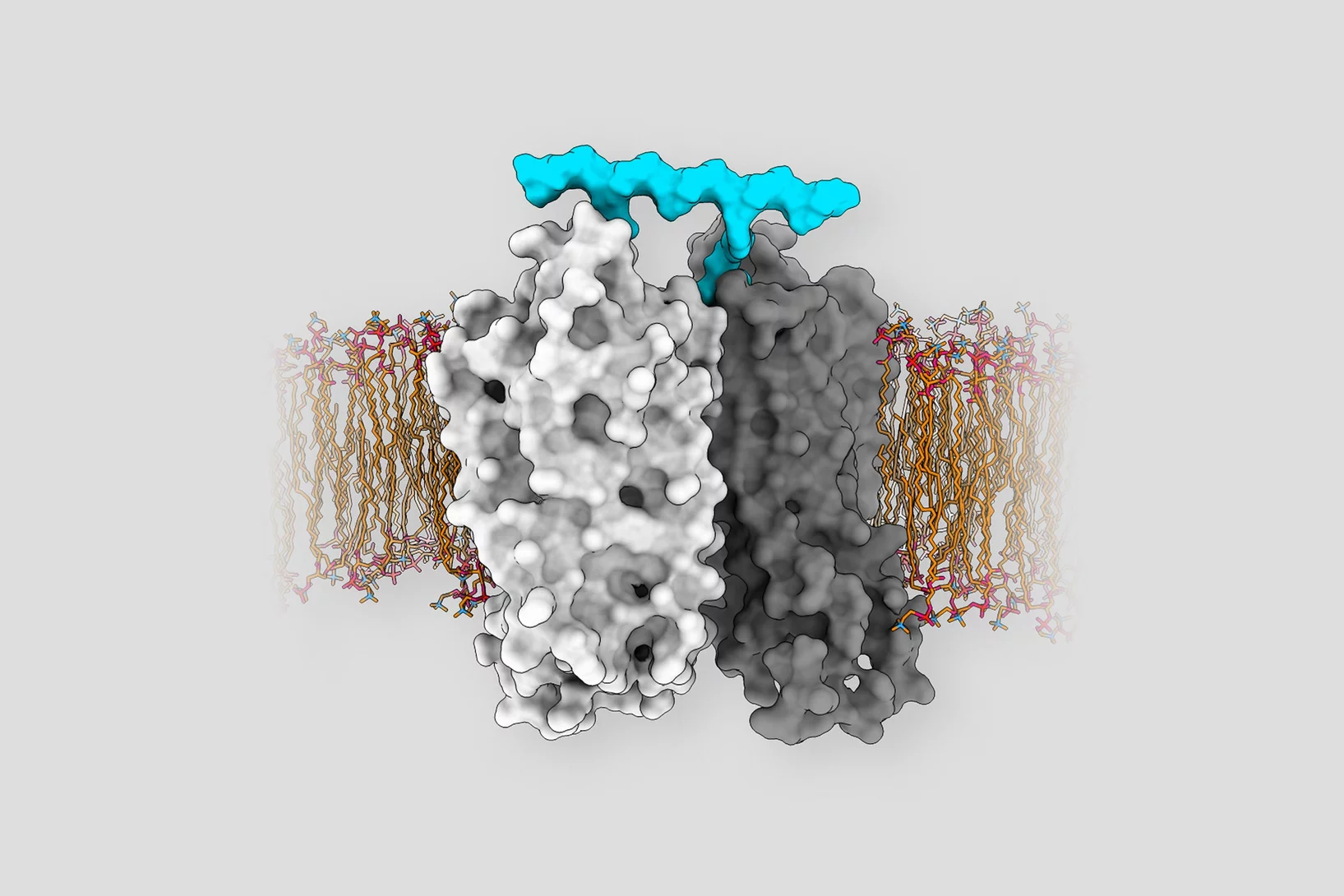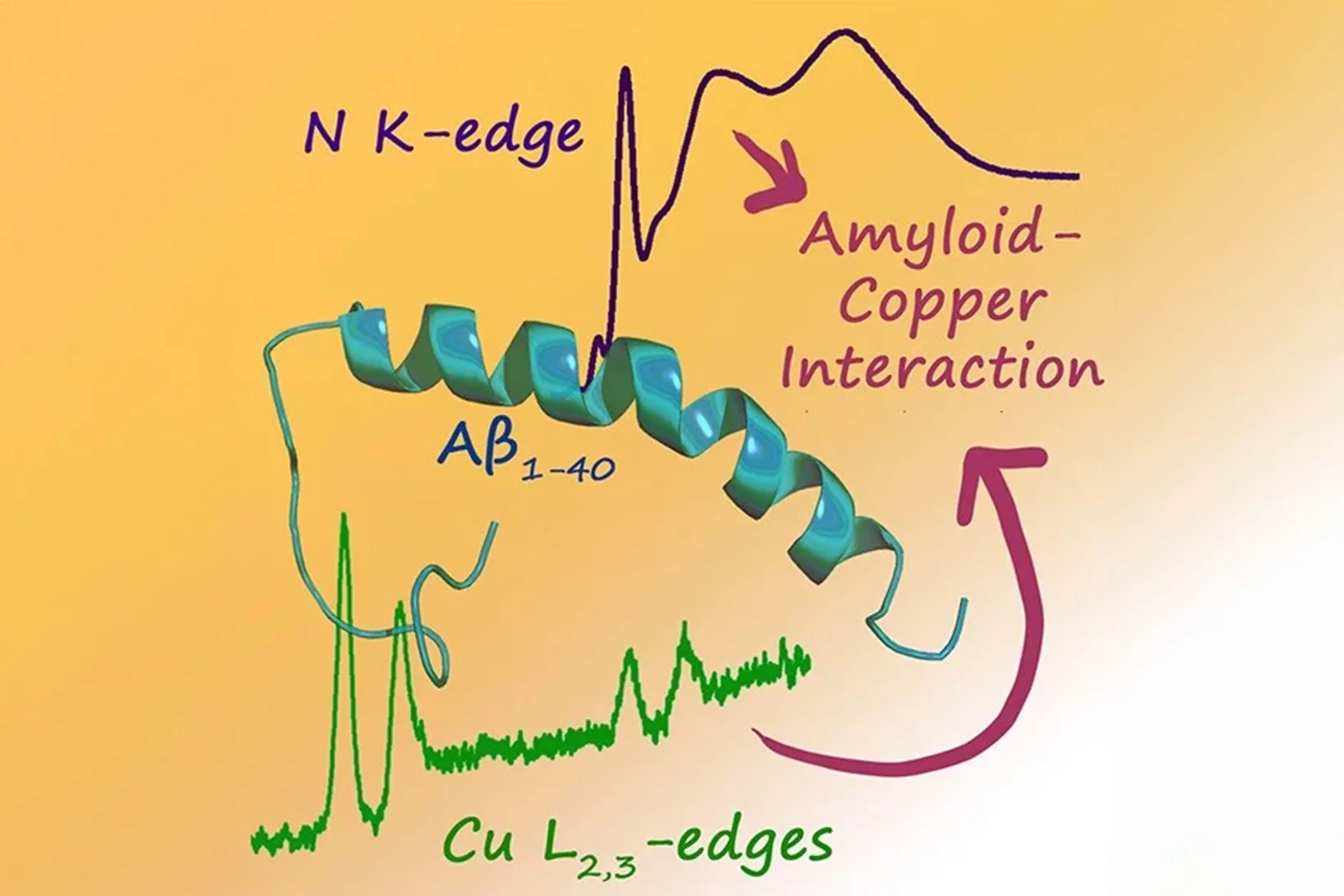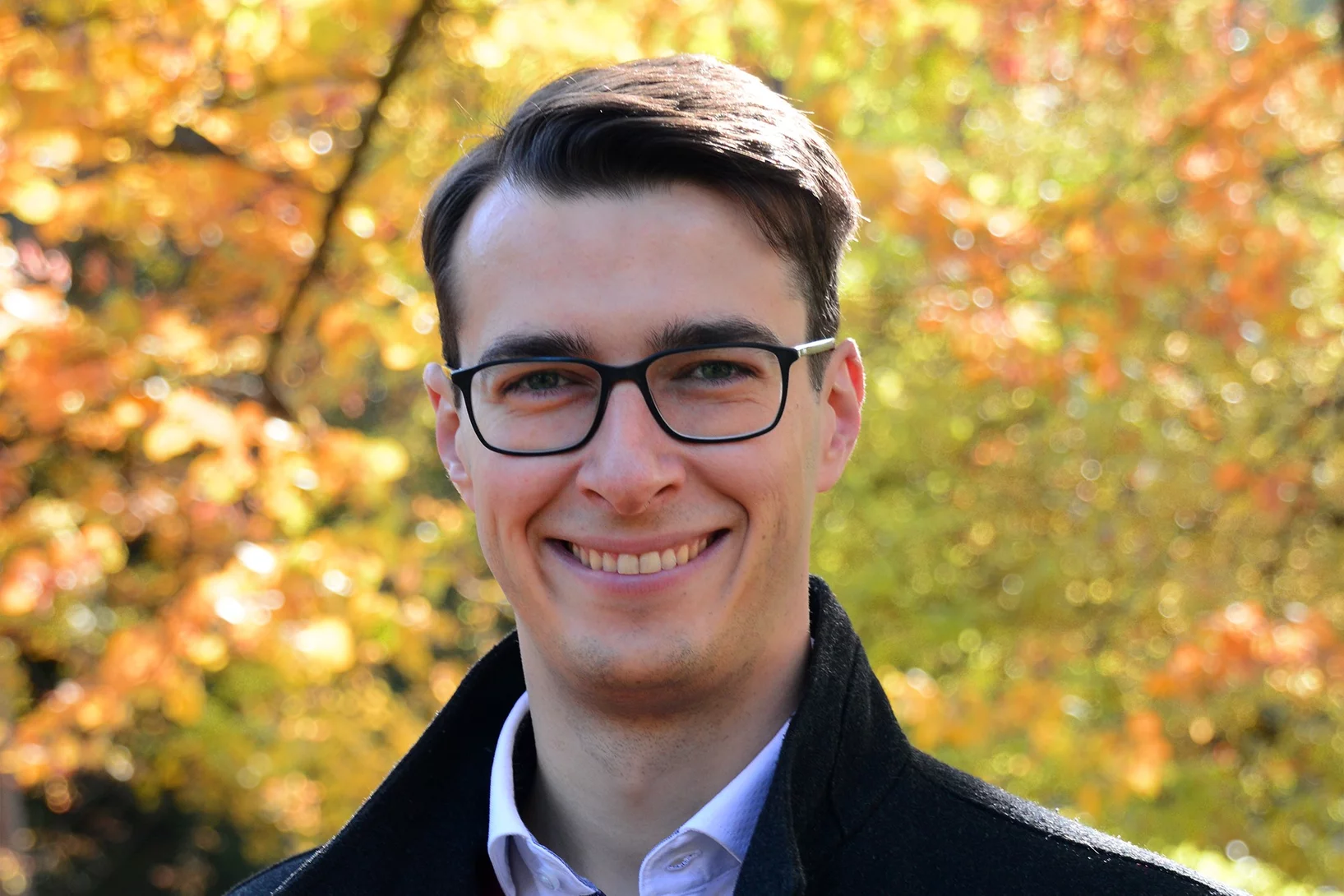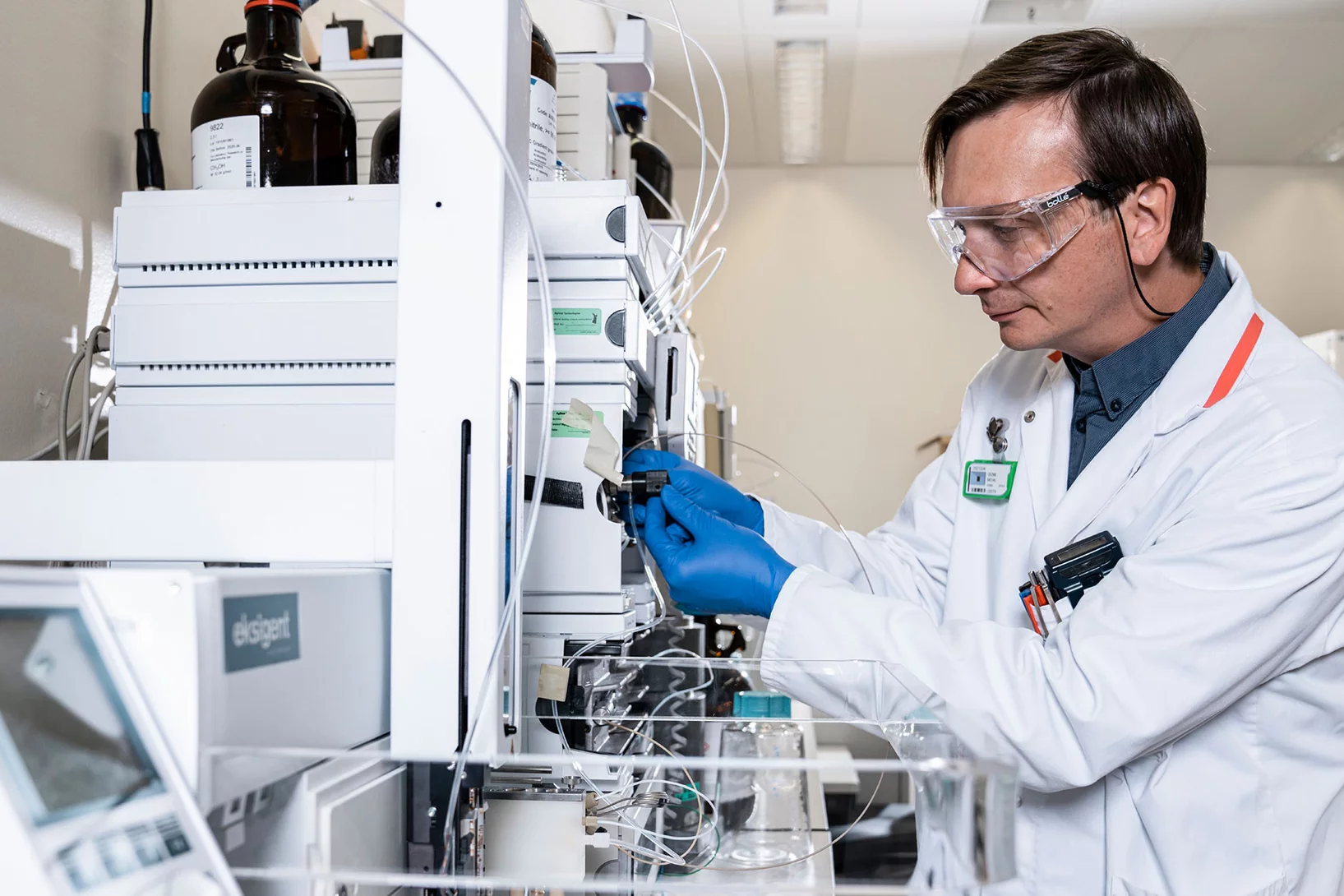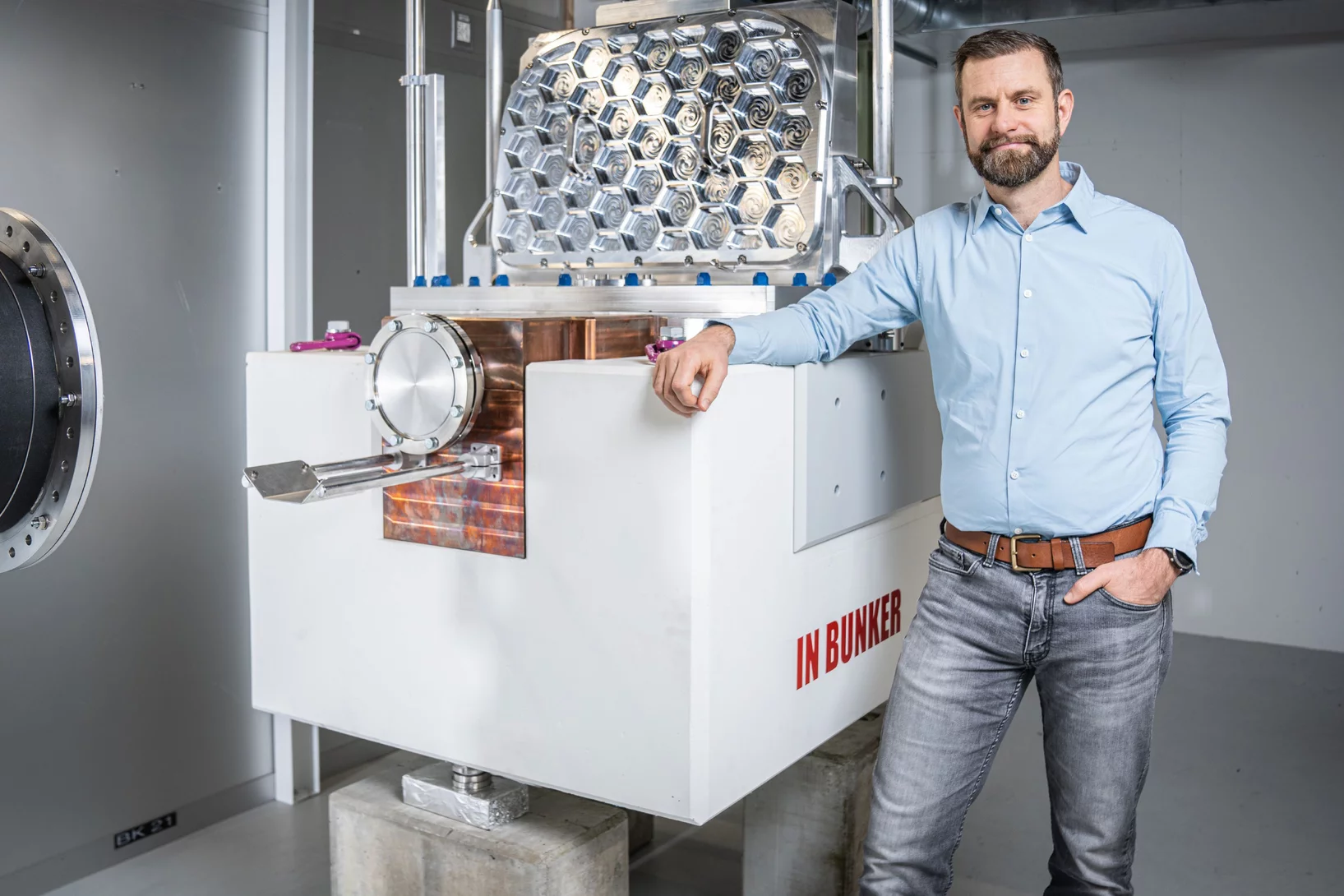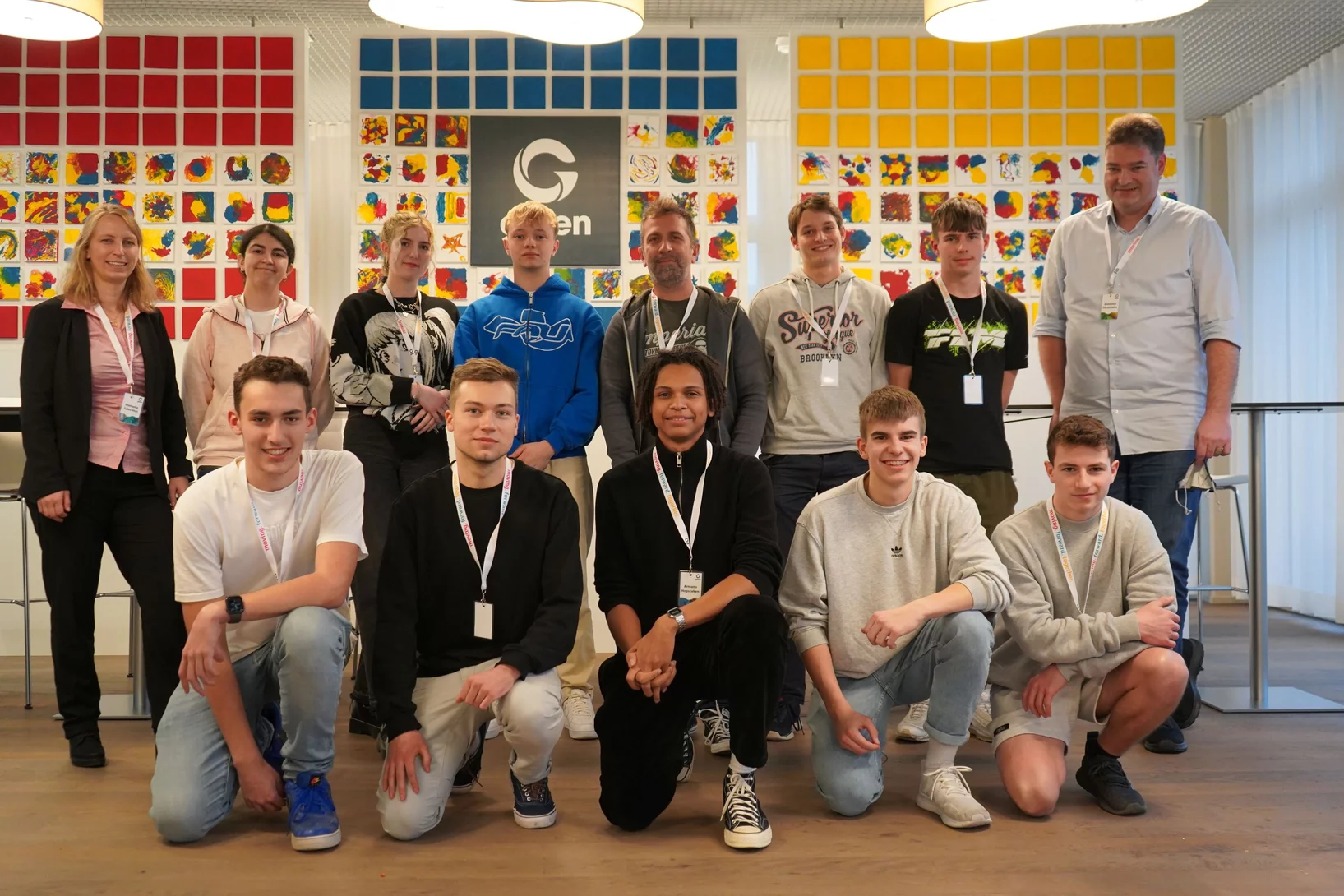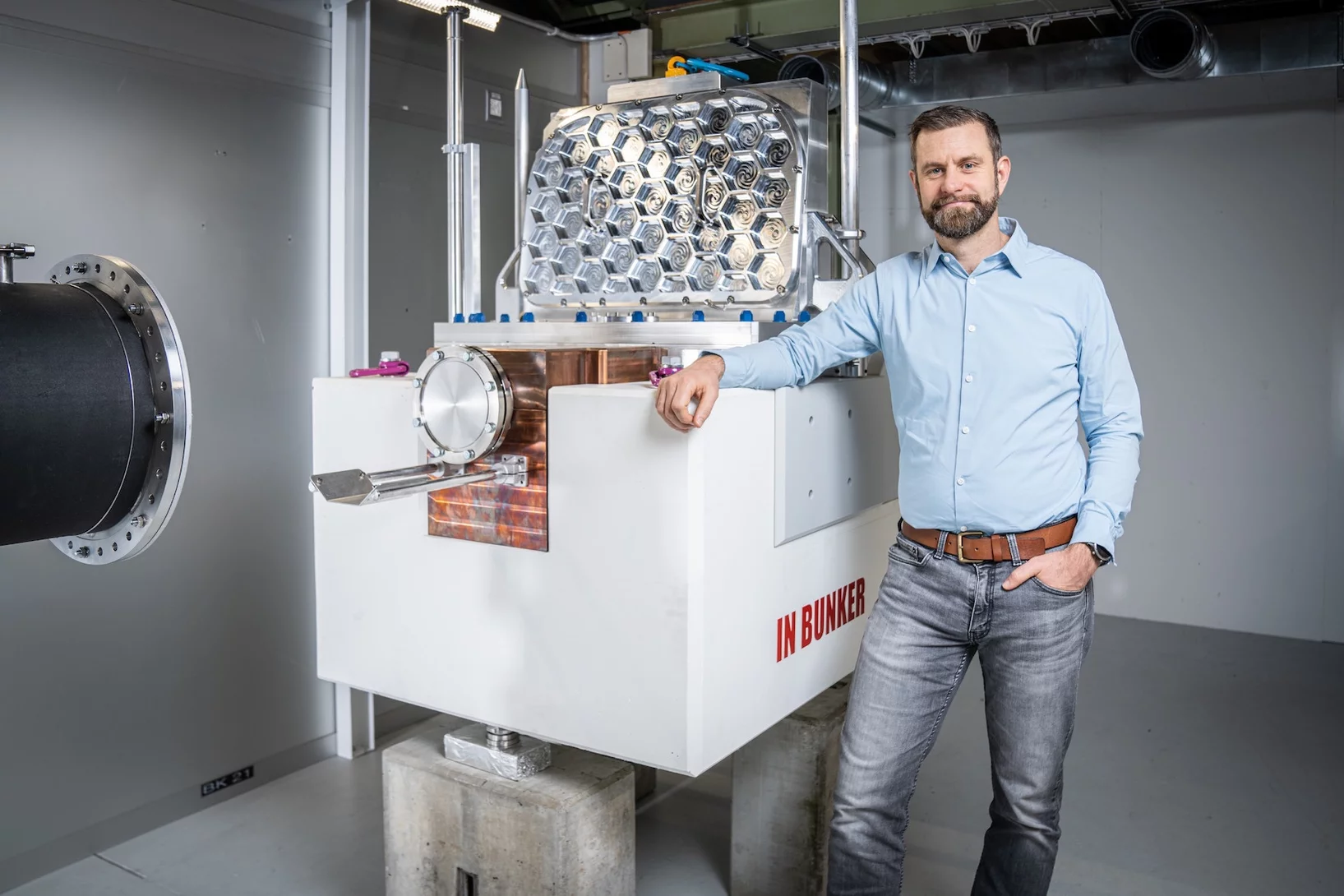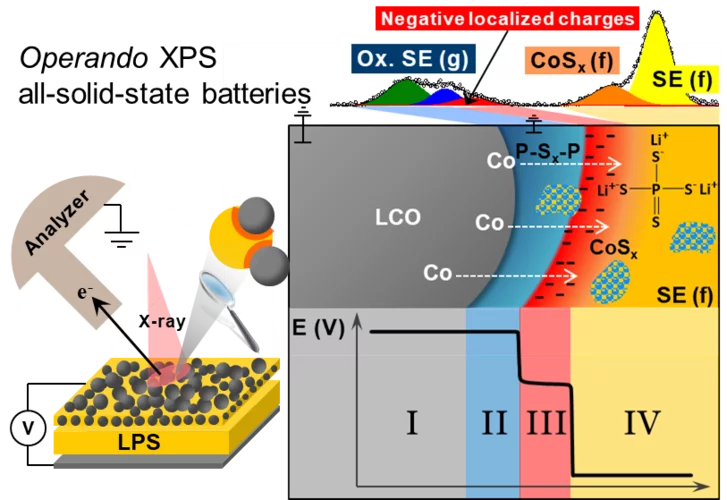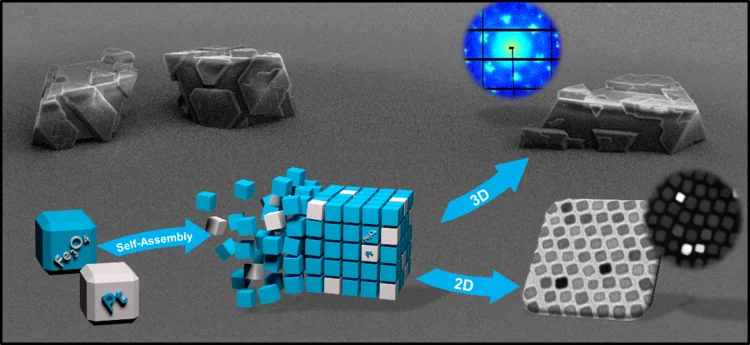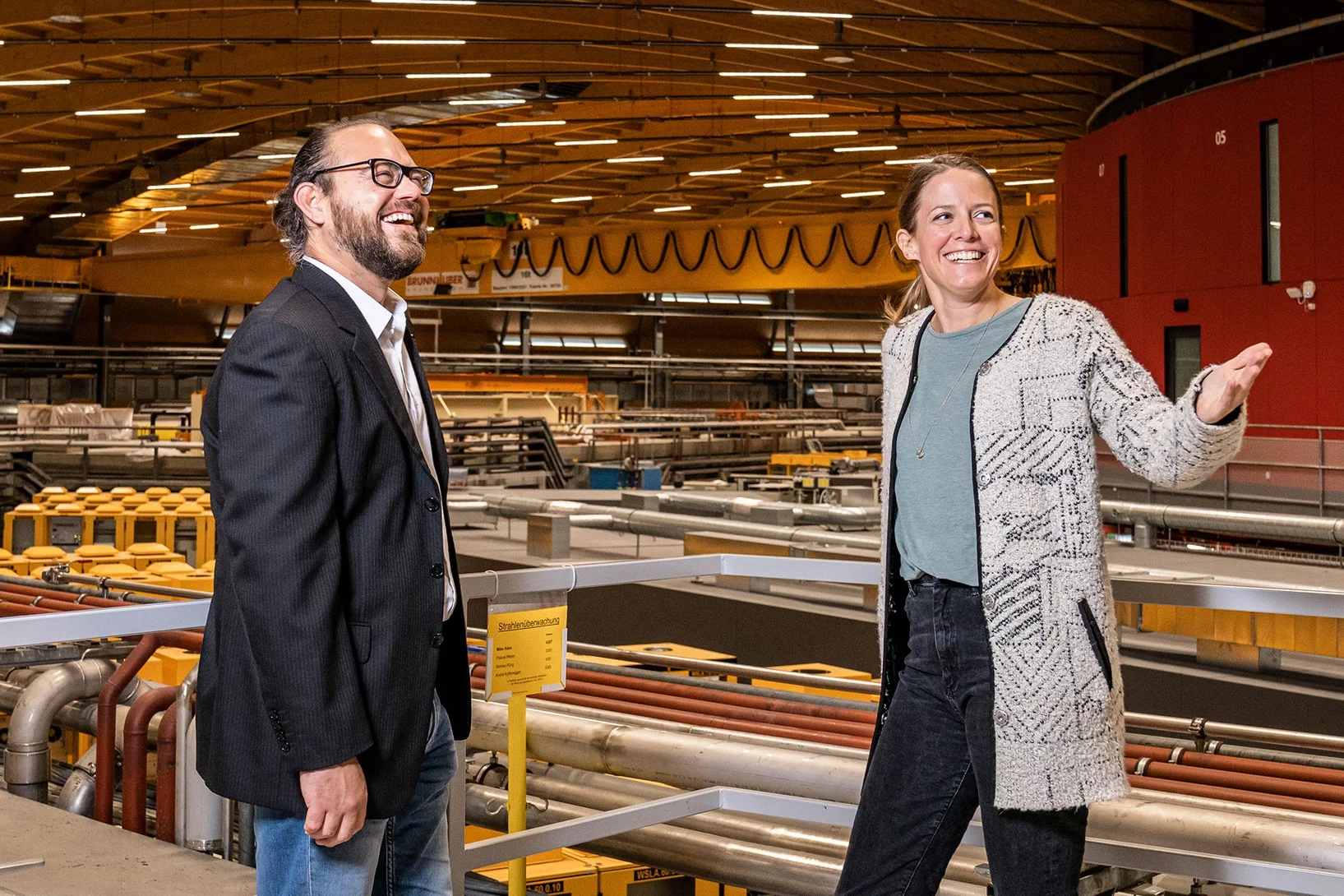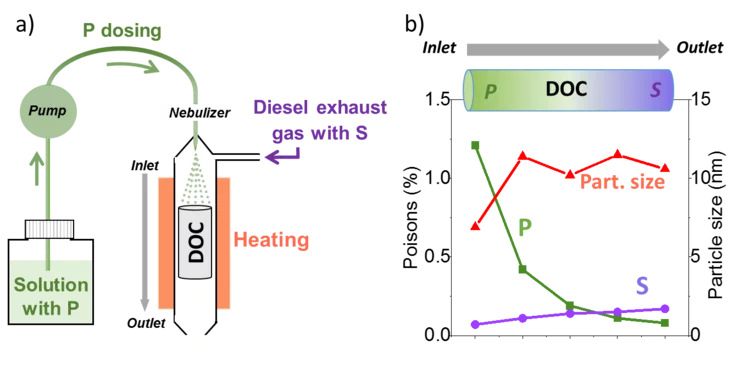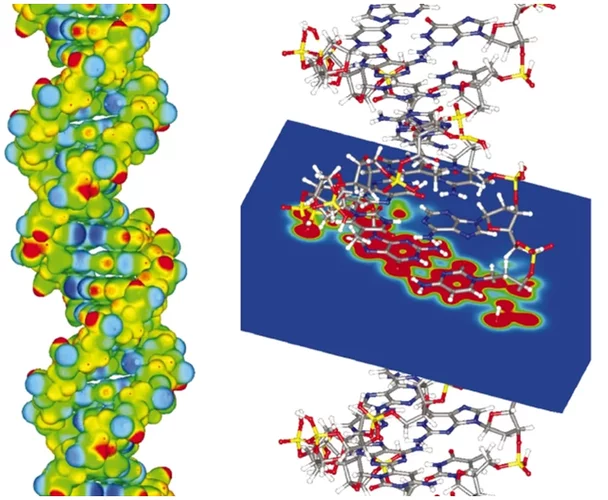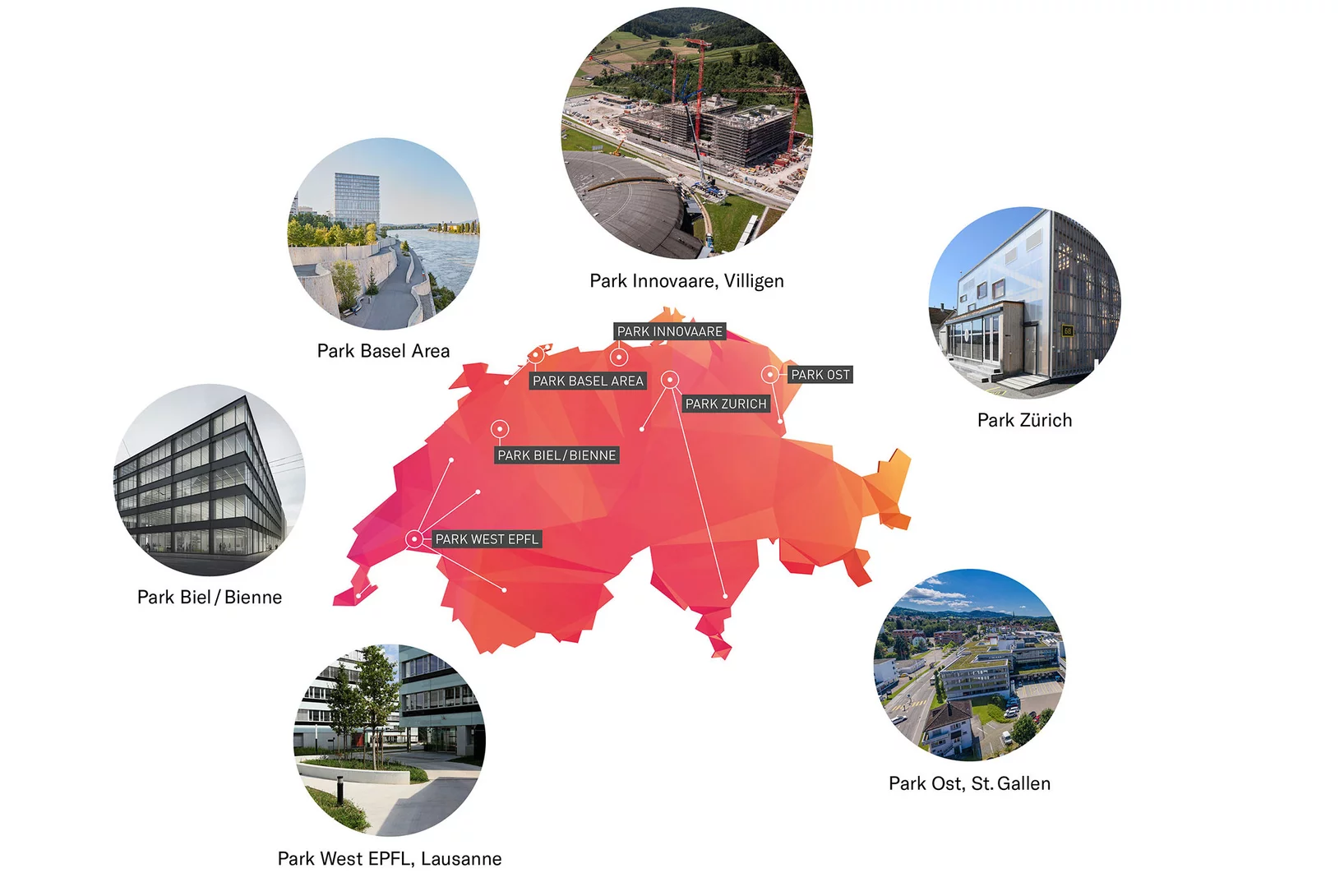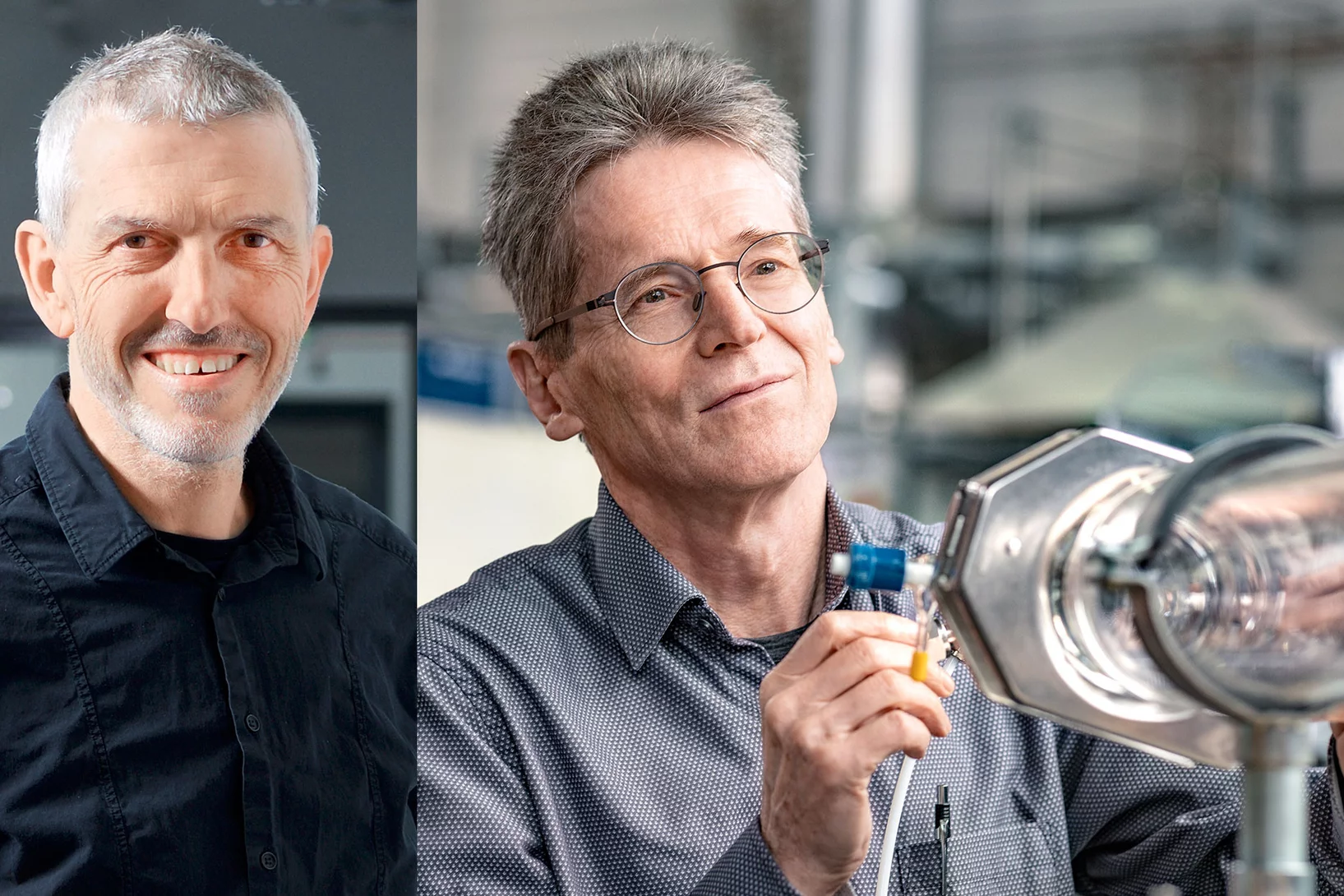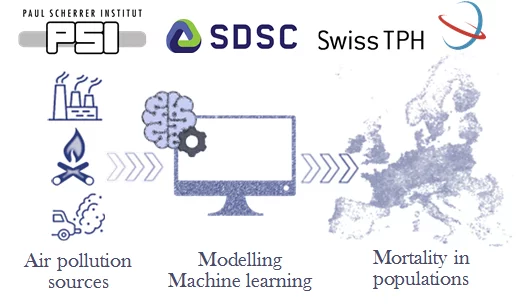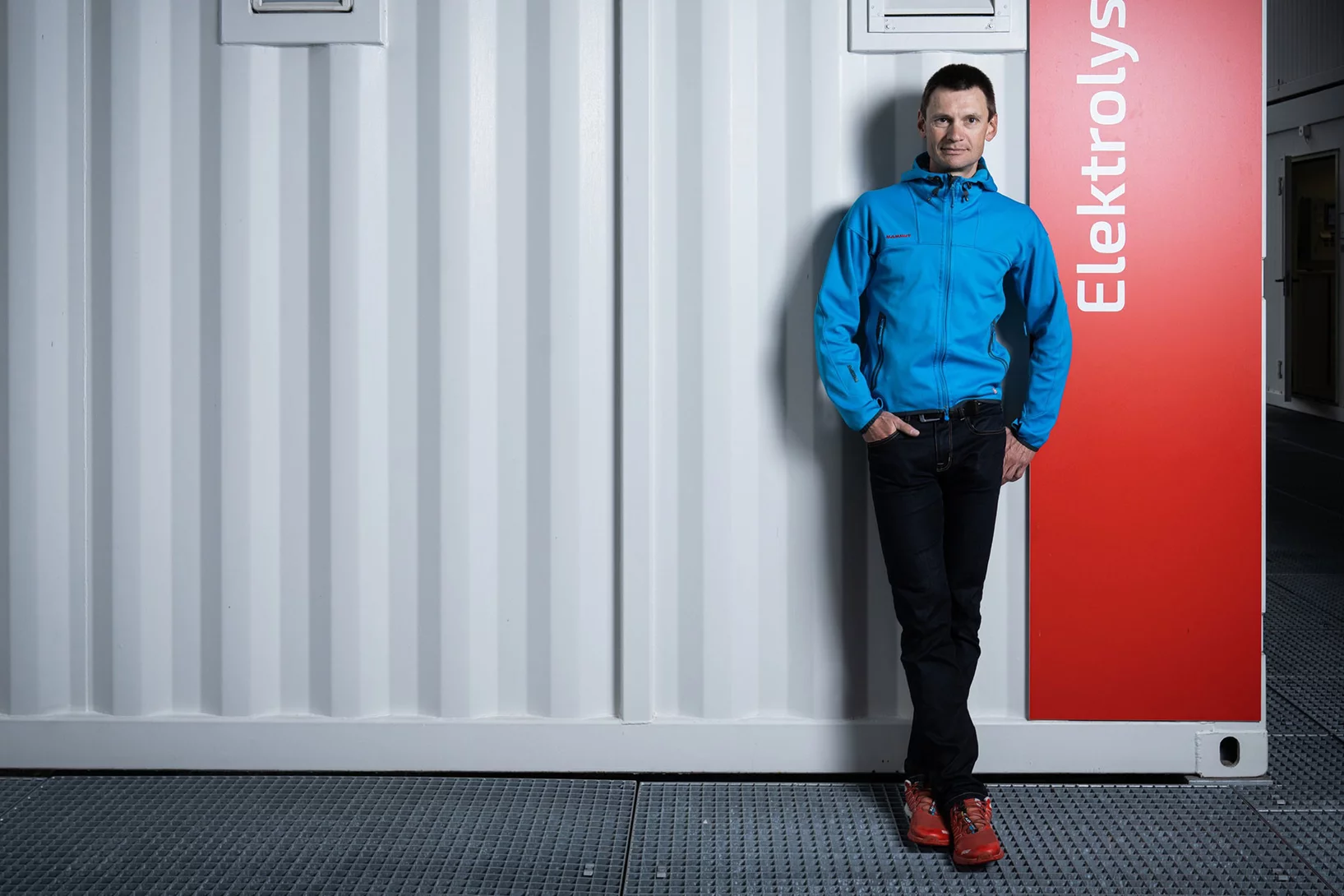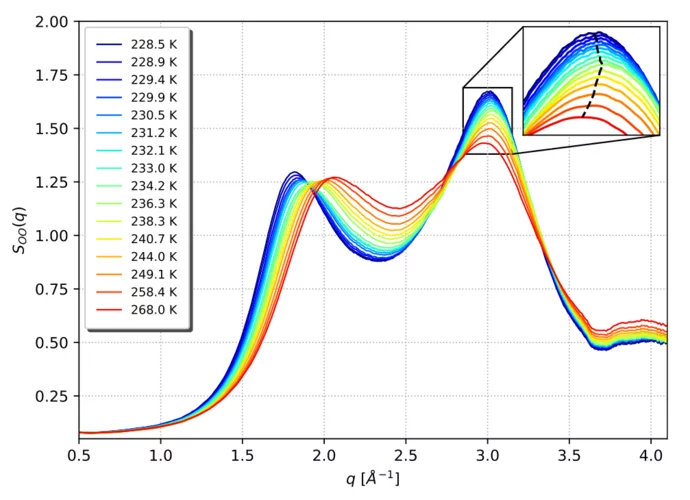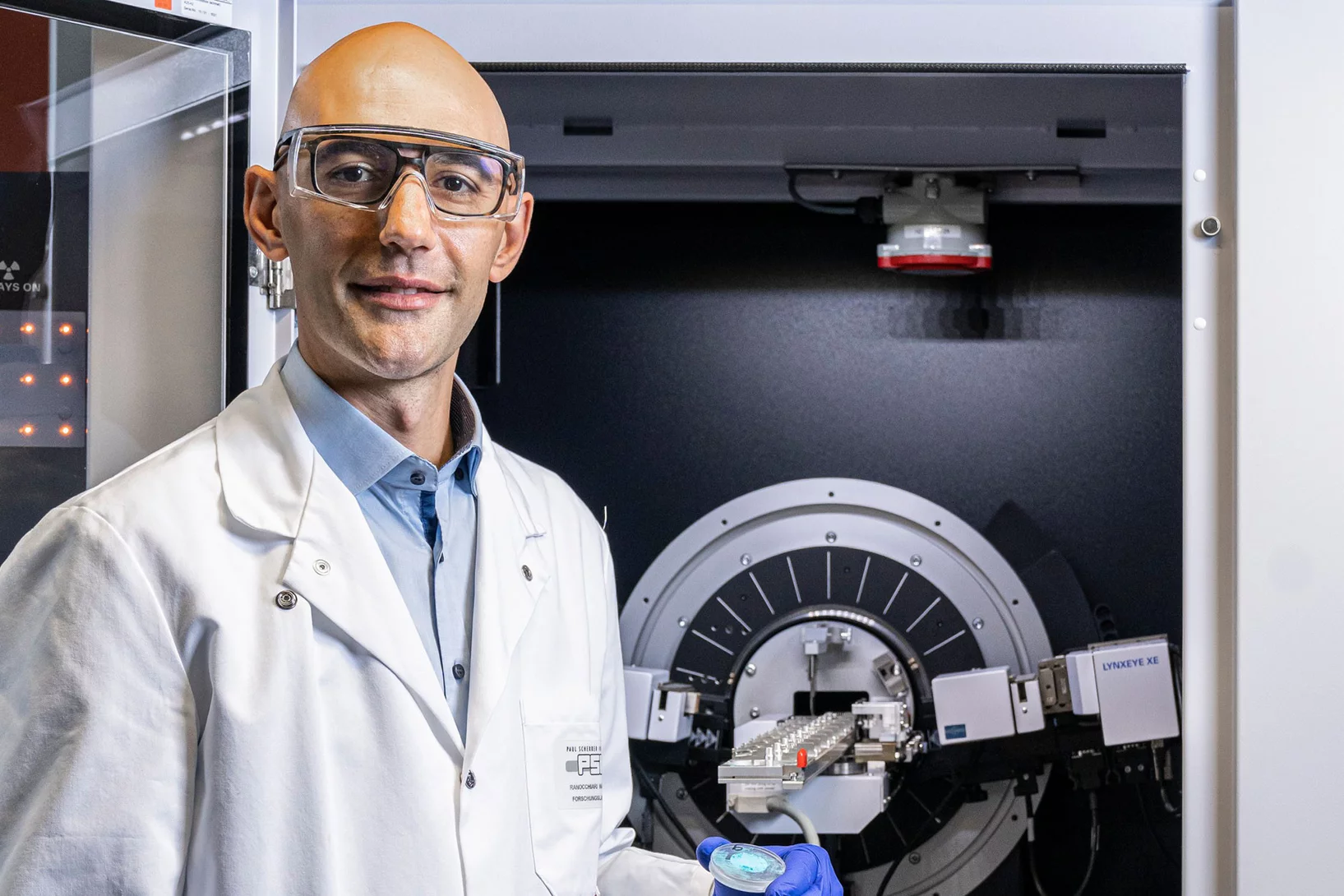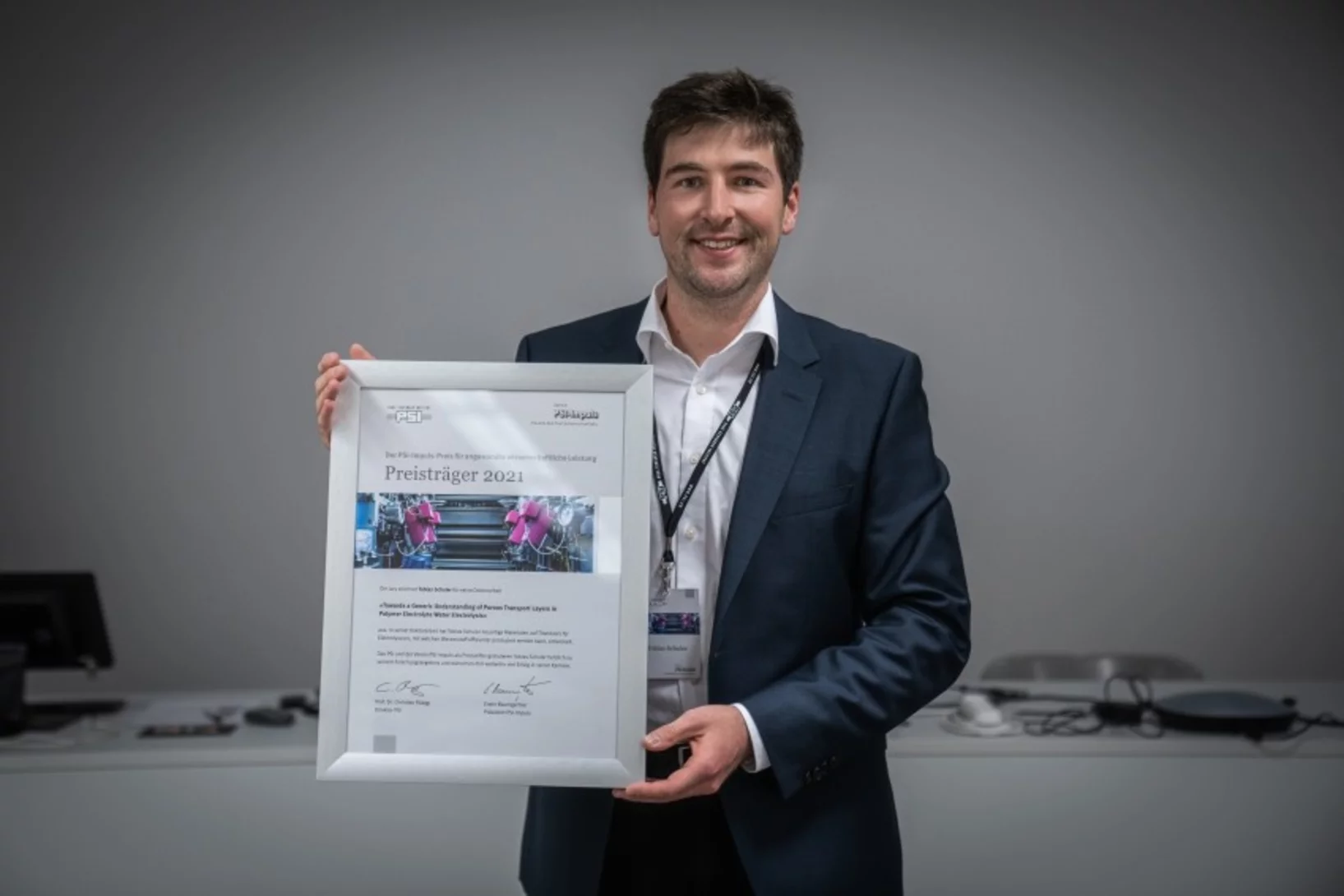Abkehr von der Kernenergie, Ausbau von Solar- und Windkraft, Energiegewinnung aus Biomasse, Senkung des Energieverbrauchs. Bis 2050 soll die Schweiz klimaneutral werden. Ein ehrgeiziges Ziel, welches durch die zunehmend herausfordernde geopolitische Lage dringlicher denn je geworden ist. Wie lässt sich in den nächsten Jahren eine nachhaltige und widerstandsfähige Energieversorgung für die Schweiz aufbauen? Wie können erneuerbare Energien optimal genutzt werden? Welche neuen Technologien sind besonders vielversprechend? Am PSI suchen Forschende nach Antworten auf diese entscheidenden Fragen.
High-performance detector for DMC enters hot commissioning phase
The cold neutron diffractometer DMC at SINQ is currently undergoing major upgrades. After the recent replacement of the cold neutron guide as part of the SINQ upgrade program, the installation of the new high-performance 2D position-sensitive detector successfully entered the hot commissioning phase.
Halbleiter erreichen die Quantenwelt
Mit einem Supraleiter aufgemotzt: Die Halbleitertechnologie könnte eine neue Wendung erhalten, indem Quanteneffekte in Supraleitern ausgenutzt werden.
Effektiv kombinierte Tumortherapie
Forschende des Paul Scherrer Instituts PSI haben verschiedene Verfahren zur Bekämpfung bestimmter Krebsarten auf ihre Effektivität überprüft. Die Kombination aus zwei Präparaten zeigte dabei eine deutlich bessere Wirkung als die Behandlung mit nur einem der beiden Wirkstoffe. Vor allem für die Behandulng von modulären Schilddrüsenkarzinome ist dies von Bedeutung. Wenn sich die bisherigen Ergebnisse in zukünftigen Studien bestätigen, könnte diese Therapie in einigen Jahren der Allgemeinheit zur Verfügung stehen.
3D printed nanomagnets unveil a world of patterns in the magnetic field
Scientists have used state-of-the-art 3D printing and microscopy to provide a new glimpse of what happens when taking magnets to three-dimensions on the nanoscale – 1000 times smaller than a human hair.
Terbium Triumph
Bench-to-bedside successes: Fruitful collaborations at PSI’s Center for Radiopharmaceutical Sciences make bringing Terbium-161 to the clinic a reality.
KSB und PSI gehen in der Forschung gemeinsame Wege
Das Kantonsspital Baden und das Paul Scherrer Institut PSI haben einen Kooperationsvertrag unterzeichnet.
Deep learning based classification of dynamic processes in time-resolved X-ray tomographic microscopy
Time-resolved X-ray tomographic microscopy provides new opportunities in the volumetric investigation of dynamic processes. Full exploitation of these new capabilities is currently still hindered by the lack of efficient post-processing approaches capable of handling TBs of noisy datasets. A deep learning based reconstruction and classification algorithm designed to reconstruct and segment dynamic processes within a static matrix with high efficiency is a solution to this issue. In a paper published recently in Scientific Reports, we demonstrate the advantages of the proposed approach on dynamic, time-resolved fuel cell data, for which the current data post-processing pipeline heavily relies on manual labor, typically limiting the experimental plans to just a small range of the full parameter space.
Priority access call for work on combating COVID-19 continues
On January 30th, 2020, the WHO declared the recent outbreak of coronavirus disease 2019 (COVID-19), a public health emergency of international concern. It declared that there is an urgent need to improve our understanding of the newly identified virus and its possible future evolution as well as to contain the spread; to develop precise diagnostics and treatment, and to improve the public health response and patient care.
The COVID priority access call continues and is still open in 2022.
Signatures of Weyl Fermion Annihilation in a Correlated Kagome Magnet
The manipulation of topological states in quantum matter is an essential pursuit of fundamental physics and next-generation quantum technology. Here we report the magnetic manipulation of Weyl fermions in the kagome spin-orbit semimetal Co3Sn2S2, observed by high-resolution photoemission spectroscopy. We demonstrate the exchange collapse of spin-orbit-gapped ferromagnetic Weyl loops into paramagnetic Dirac loops under suppression of the magnetic order.
Biased signalling for better drugs
A dream drug would provide a targeted therapeutic effect without side effects. Biased signalling could make this a reality. Publishing in PNAS, PSI researchers present a platform for biased signalling-based drug discovery.
Fingerprint of Copper in Peptides Linked to Alzheimer's Disease
In an interdisciplinary project, researchers from the Laboratory of Nanoscale Biology in BIO and the Laboratory for Condensed Matter in PSD have revealed the reaction between the nitrogen atoms of the amyloid-beta peptide and copper/zinc ions by using soft X-ray absorption spectroscopy.
"I could not imagine a better place to have done a PhD"
Bernhard Pribyl-Kranewitter, former PhD student at the Energy and Environment Division, shares with us a glimpse of his time at the Paul Scherrer Institute and where his path has led him. Currently, he works as a senior consultant at Kearney.
Effektive kombinierte Tumortherapie
Zwei gemeinsam eingesetzte Präparate verringern das Wachstum von Krebsgewebe.
Das schärfste Neutronenmikroskop der Welt
PSI-Forschende helfen beim Aufbau der Europäischen Spallationsquelle ESS.
Mehrwert in der IT-Ausbildung
Green, einer der führenden Schweizer Anbieter für digitale Services im Bereich Datacenter und Cloud, und das Paul Scherrer Institut PSI, das grösste Forschungsinstitut für Natur- und Ingenieurwissenschaften in der Schweiz, ermöglichen den IT-Lernenden, die besonderen Anforderungen des jeweils anderen Betriebs zu verstehen. Damit erweitern die IT-Lernenden ihr Spektrum und erhalten Einblick in die Wissenschaft respektive Wirtschaft. Im Rahmen dieses Pilotprojekts finden gegenseitige Besuchstage statt. In einer ersten Phase trafen sich 15 IT-Lernende zu jeweils zwei Praxistagen, erstmals am 16. November 2021 bei Green und am 19. November 2021 beim PSI.
Die Lernenden des Gastbetriebes erstellen ein attraktives Tagesprogramm mit Lerninhalten und begleiten dieses. Diese Praxistage sollen die Attraktivität der Ausbildung untermauern und den Austausch fördern.
The world’s most powerful neutron microscope
Researchers from the Paul Scherrer Institute PSI in Villigen have delivered a key component for the ESTIA reflectometer at the European Spallation Source ESS based in Lund, Sweden. When it comes into service in 2026, ESS will be the world’s most powerful neutron source. Switzerland is making a vital contribution to the project. Scientists from across the globe will use ESS instruments to study processes and structures on the atomic scale, advancing materials research to a new level.
Reactivity and potential profile across the electrified LiCoO2-Li3PS4 interface probed by operando X-ray photoelectron spectroscopy
All-solid-state lithium batteries are a promising alternative for next generation of safe energy storage devices, provided that parasitic side reactions and the resulting hindrances in ionic transport at the electrolyte-electrode interface can be overcome. Motivated by the need for a fundamental understanding of such interface, we present here real-time measurements of the (electro-)chemical reactivity and local surface potential at the electrified interface Li3PS4 and LiCoO2 using operando X-ray photoelectron spectroscopy.
PSI’s contribution to COVID-19 detection
One breath is all it takes to detect the COVID-19 infections using a new method developed by the Centre National de Recherche Scientifique (CNRS) in collaboration with the Paul Scherrer Institute.
3D Binary Mesocrystals from Anisotropic Nanoparticles
A team of scientists from Konstanz have developed and characterized micrometre-size binary mesocrystals made from the self-assembly of ironoxide and platinum nanocubes and published their work in Angewandte Chemie International Edition. In collaboration with researchers from Empa and PSI, they used brilliant x-rays at the cSAXS beamline of the Swiss Light Source to characterize the lattice spacing in the crystalline structure of the mesocrystals and complement their results through electron microscopy.
Ground-breaking technology development recognised
PSI researchers win the international Innovation Award on Synchrotron Radiation for 3D mapping of nanoscopic details in macroscopic specimens, such as bone.
Unravelling the catalyst aging phenomena in vehicle emission control.
PSI has collaborated with catalyst and engine manufacturers to understand the aging phenomena of emission control catalysts. To this end, a diesel oxidation catalyst with a relevant mileage was carefully analysed; the results suggest that a complex combination of poisoning and thermal sintering is the cause of deactivation during driving. A reactor setup was then developed to simulate poisoning and sintering effects for prediction of catalyst durability in time and cost effective manner.
Electronic-structure methods for materials design
The accuracy and efficiency of electronic-structure methods to understand, predict and design the properties of materials has driven a new paradigm in research. Simulations can greatly accelerate the identification, characterization and optimization of materials, with this acceleration driven by continuous progress in theory, algorithms and hardware, and by adaptation of concepts and tools from computer science.
Nachbar mit Unternehmergeist
Der Park Innovaare direkt neben dem PSI expandiert – mit dem bewährten Ziel, Schweizer Spitzenforschung in konkrete Anwendungen und profitable Unternehmen zu überführen.
Two PSI-Scientists nominated «highly cited researchers»
In the research field “Geosciences”, 143 highly cited researchers were appointed worldwide this year, 7 of them from Switzerland, 2 of them from the Paul Scherrer Institute.
AURORA: from Air pollUtion souRces tO moRtAlity
The Laboratory of Atmospheric Chemistry has initiated innovative data-science-based modelling approaches to discover the most important pollution sources for human health
Blauer Wasserstoff kann das Klima schützen
Der Schlüssel liegt in der Vermeidung von Methanemissionen.
Heiko Augustin sucessfully defends his thesis on the development of the MuPix pixel sensors
Heiko Augustin co-developed and characterised many of the MuPix pixel sensor prototypes and introduced innovative solutions for the pixel control and the reduction of on-chip cross-talk. He now defended his thesis at Heidelberg University.
Anomalous temperature dependence of the experimental x-ray structure factor of supercooled water
Supercooled water scattering signals show an anolmalous structure factor temperature dependence suggesting decreasing density at lowering temperatures below 236 K (-37°C).
Neue Katalysatoren für Pharmahersteller
PSI-Forschende entwickeln gemeinsam mit Roche neue, potenziell effizientere Katalysatoren für die Herstellung von medizinischen Wirkstoffen.
PSI Impuls Award Winner Tobias Schuler
On November 25th, Tobias Schuler was awarded the PSI Impuls Award for his doctoral thesis titled ‘Towards a Generic Understanding of Porous Transport Layers in Polymer Electrolyte Water Electrolysis’.



